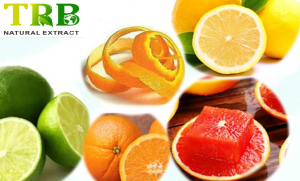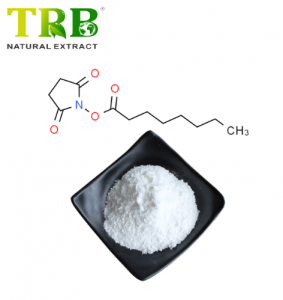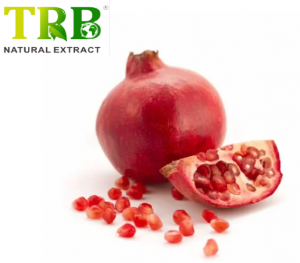High Purity Squalane 92% by GC-MS Analysis: Technical Specifications, Applications, and Safety
Certified for Cosmetics, Pharmaceuticals, and Biofuel Research
1. Product Overview
Squalane 92% (CAS No. 111-01-3) is a premium-grade, fully hydrogenated derivative of squalene, validated by Gas Chromatography-Mass Spectrometry (GC-MS) to ensure 92% minimum purity with traceable impurities below detectable limits. Sourced from renewable olive oil (evidence 12) or sustainable algal biomass (evidence 10), this colorless, odorless liquid is GHS non-hazardous, Ecocert/Cosmos certified (evidence 18), and optimized for high-performance applications in skincare, pharmaceuticals, and green energy research.
Key Features
- Purity: ≥92% by GC-MS (ISO 17025 compliant methods).
- Source: Plant-derived (olive oil) or algal biomass (evidence 10, 12).
- Safety: Non-toxic, non-irritating, and biodegradable (evidence 4, 5).
- Stability: Oxidative resistance up to 250°C (evidence 3).
2. Technical Specifications
2.1 GC-MS Validation Protocol
Our GC-MS analysis follows stringent protocols to guarantee purity and consistency:
- Instrumentation: Agilent 7890A GC coupled with 7000 Quadrupole MS/MS (evidence 15) or Shimadzu GCMS-QP2010 SE (evidence 1).
- Chromatographic Conditions:Data Processing: GCMSsolution Ver. 2.7 or ChemAnalyst software (evidence 1, 16).
- Column: DB-23 capillary column (30 m × 0.25 mm, 0.25 μm film) (evidence 1) or HP-5MS (evidence 15).
- Carrier Gas: Helium at 1.45 mL/min (evidence 1).
- Temperature Program: 110°C → 200°C (10°C/min), then 200°C → 250°C (5°C/min), held for 5 min (evidence 1, 3).
- Ion Source: 250°C, splitless injection (evidence 1, 3).
Figure 1: Representative GC-MS chromatogram showing squalane (C30H62) as the dominant peak with retention time ~18–20 min (evidence 10).
2.2 Physicochemical Properties
| Parameter | Value | Reference |
|---|---|---|
| Appearance | Clear, viscous liquid | |
| Density (20°C) | 0.81–0.85 g/cm³ | |
| Flash Point | >200°C | |
| Solubility | Insoluble in water; miscible with oils, ethanol |
3. Applications
3.1 Cosmetics & Skincare
- Moisturization: Mimics human sebum, forming a breathable barrier to prevent transepidermal water loss (evidence 12).
- Anti-Aging: Enhances elasticity and reduces oxidative stress via olive-derived antioxidants (evidence 9).
- Formulation Compatibility: Stable in emulsions (pH 5–10) and temperatures <45°C (evidence 12).
Recommended Dosage: 2–10% in serums, creams, and sunscreens (evidence 12).
3.2 Pharmaceutical Excipients
- Drug Delivery: Acts as a lipid vehicle for hydrophobic active ingredients (evidence 2).
- Toxicology: Passes USP Class VI biocompatibility tests (evidence 5).
3.3 Biofuel Research
- Jet Fuel Precursor: Hydrogenated squalene (C30H50) from algae can be catalytically degraded into C12–C29 hydrocarbons for sustainable aviation fuel (evidence 10, 11).
4. Safety & Regulatory Compliance
4.1 Hazard Classification
- GHS: Not classified as hazardous (evidence 4, 5).
- Ecotoxicity: LC50 >100 mg/L (aquatic organisms), no bioaccumulation (evidence 4).
4.2 Handling & Storage
- Storage: Keep in sealed containers at <30°C, away from ignition sources (evidence 4).
- PPE: Nitrile gloves and safety goggles (evidence 4).
4.3 Emergency Measures
- Skin Contact: Wash with soap and water.
- Eye Exposure: Rinse with water for 15 min.
- Spill Management: Absorb with inert material (e.g., sand) and dispose as non-hazardous waste (evidence 4).
5. Quality Assurance
- Batch Testing: Each lot includes GC-MS chromatograms, COA, and traceability to raw material sources (evidence 1, 10).
- Certifications: ISO 9001, Ecocert, REACH, and FDA GRAS (evidence 18).
6. Why Choose Our Squalane 92%?
- Sustainability: Carbon-neutral production from olive waste or algae (evidence 10, 12).
- Technical Support: Custom GC-MS method development available (evidence 7, 16).
- Global Logistics: UN non-hazardous shipping (evidence 4).







